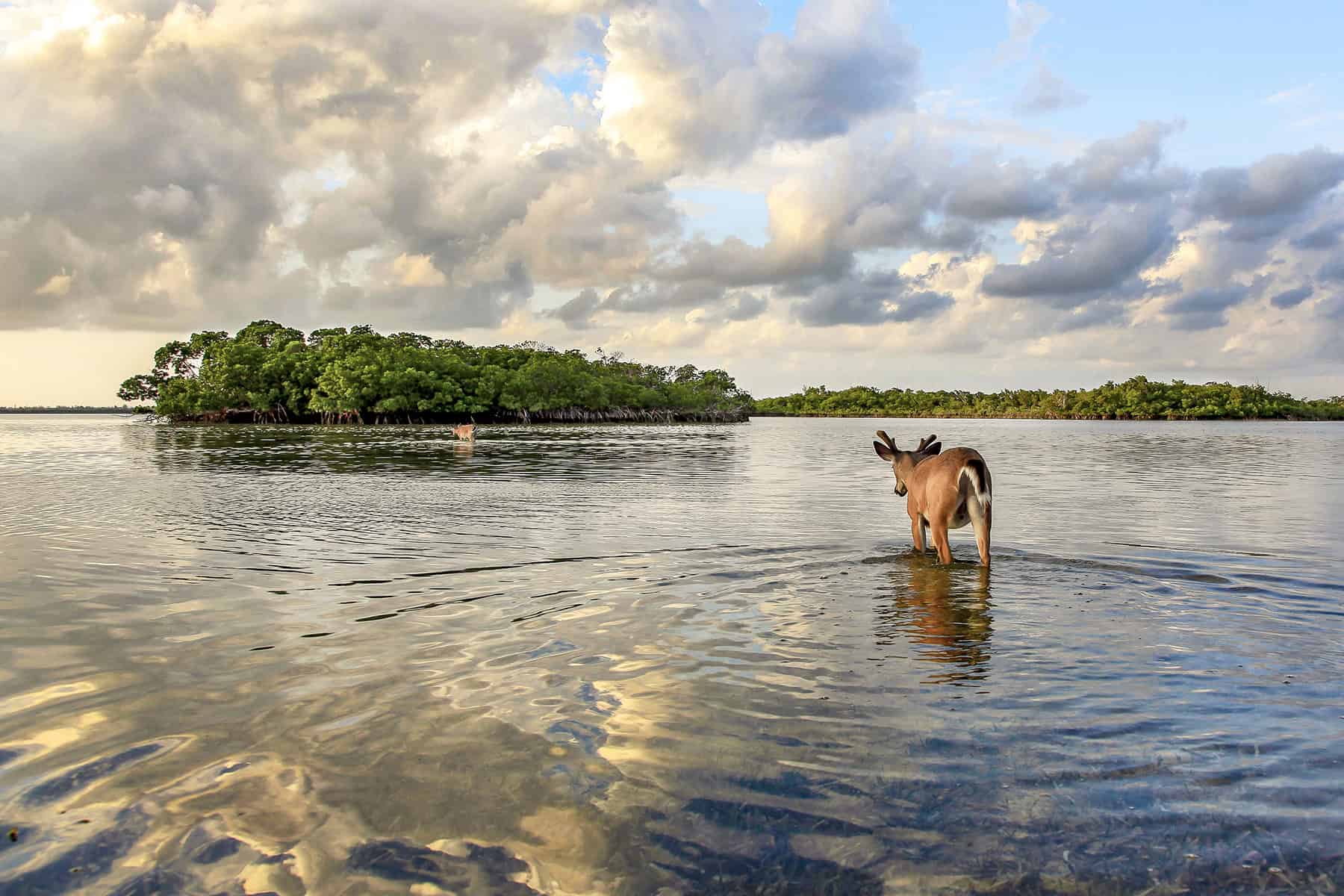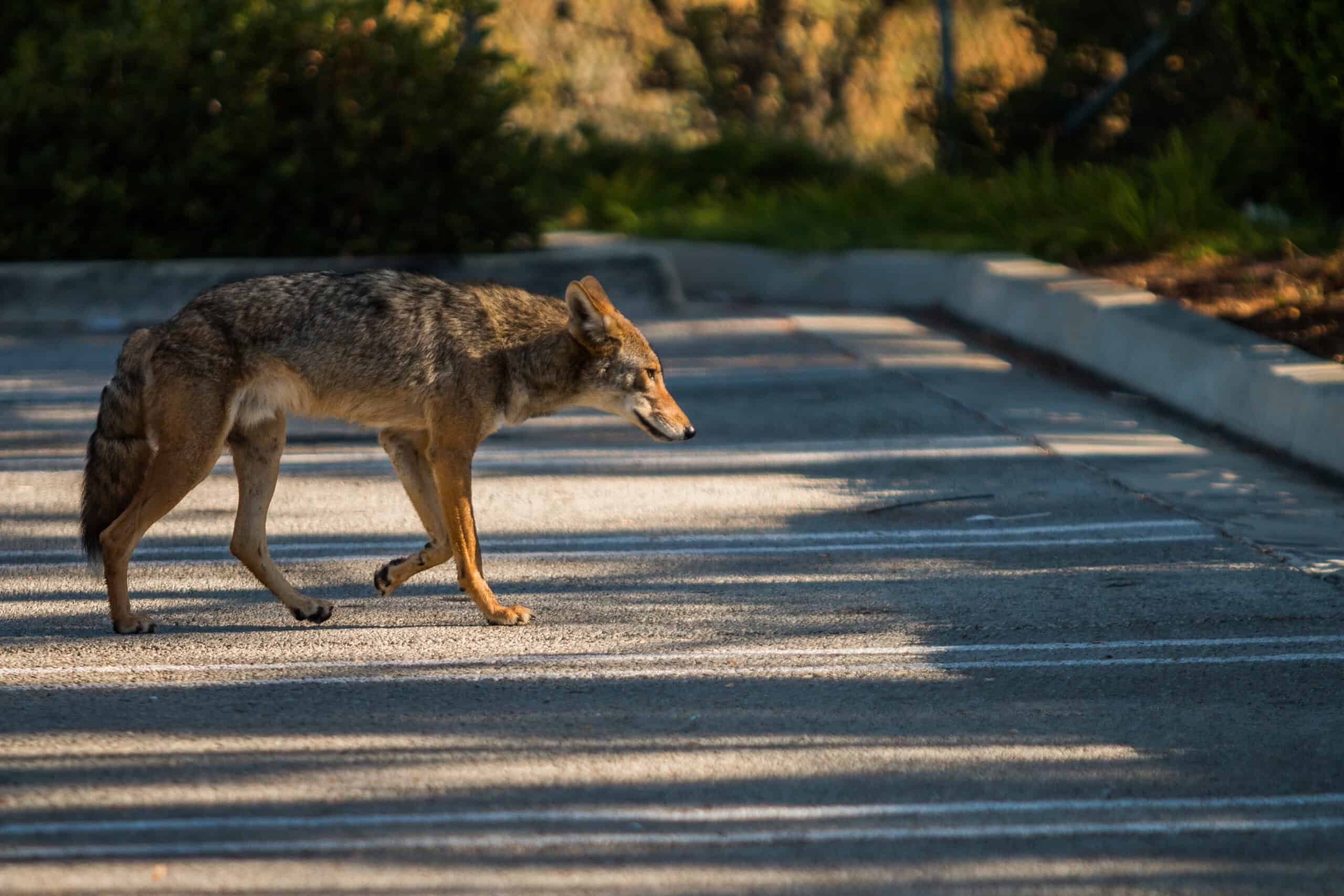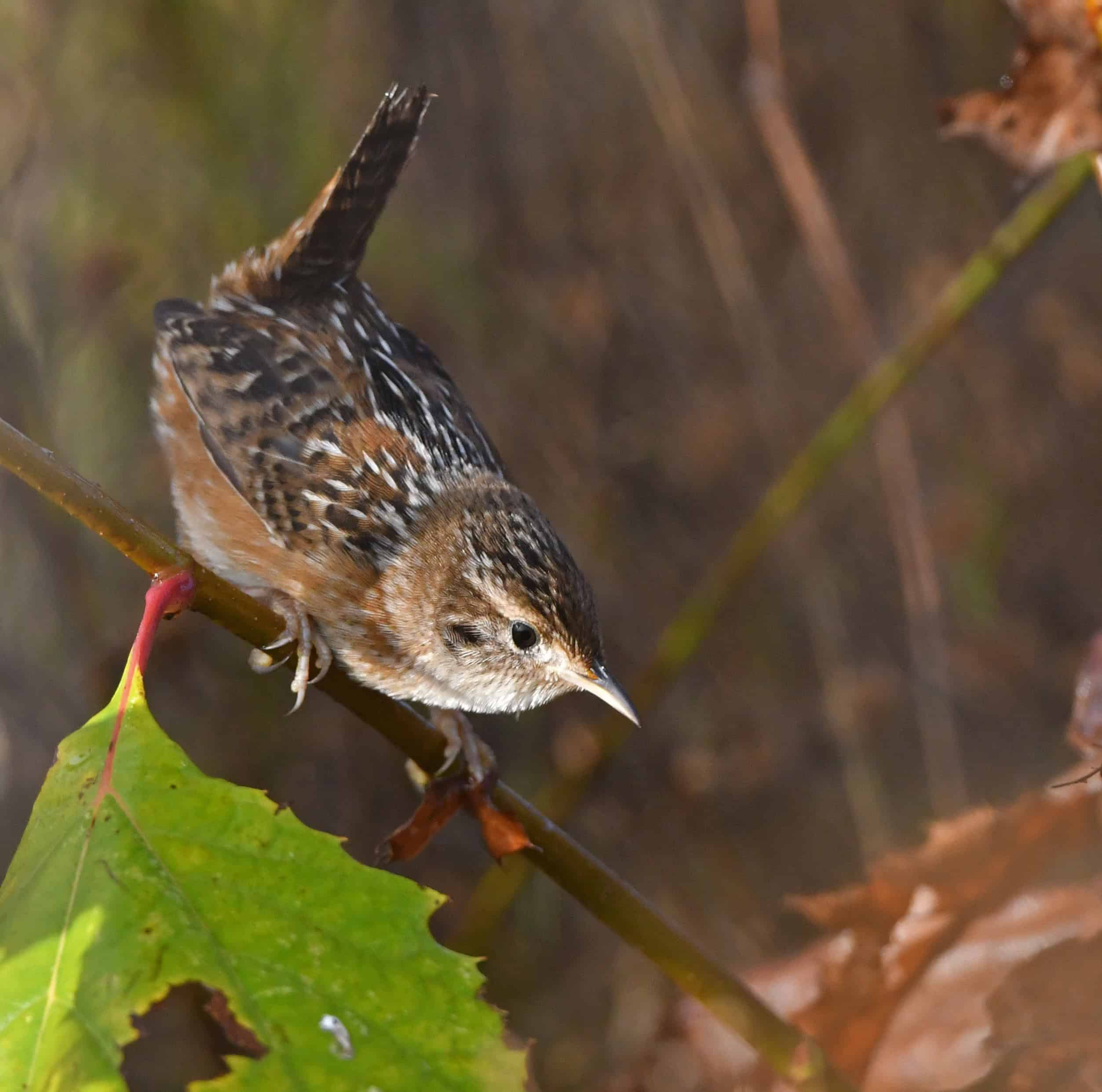Share this article
What’s in a favorite animal?
It’s a common question that children ask each other: What’s your favorite animal? But researchers recently found it can pose some serious concerns about wildlife conservation in the future.
As part of a study published in Environmental Conservation, researchers compared which species children in Andros Island, Bahamas preferred versus which animals were favorites for children in North Carolina.
“All throughout my life, I had been outdoors and interested in wildlife,” said TWS member Hannah Shapiro, an undergraduate student studying fisheries, wildlife and conservation biology at North Carolina State University and the lead author of the study. “When I went to the Bahamas, I noticed that there were definitely different types of wildlife. I was interested to see if children prefer different animals in different locations.”
In the Bahamas, Shapiro and her colleagues collected survey data from children ranging from age 5 to 12. In North Carolina, a previous graduate student collected survey data from third and fifth graders, ages 8 to 11.
The children were asked to write down their five favorite animals that live in nature. If they didn’t know five, they were instructed to put down as many as they could.
The researchers found that children on the island tended to prefer feral and domesticated species such as wild hogs. “It definitely raises a couple questions,” Shapiro said. “Since invasive species are detrimental and impact native wildlife on islands and an overwhelming number of children put these as their favorite, it’s kind of a shock.”
Aside from invasive species, children in the Bahamas had species such as iguanas, flamingos, fish and crabs on their lists. Children in North Carolina preferred charismatic native mammals such as deer, wolves and bears.
A program in the Bahamas called Discovery Club nationally provides extracurricular information to students about different ecosystems in the Bahamas, often with a focus on declining native species. As a result of the study, Shapiro and her colleagues suggest adding the invasive species topic to the curriculum.
“They do a really good job of teaching natural history and the importance of protecting or helping species in trouble,” said Nils Peterson, a university faculty scholar at North Carolina State University and a co-author on the study. “Our main recommendation is a new module to connect the dots about what they already know to help species that are declining and the invasive and feral species that contribute to native species declines.”
Header Image: Children in the Bahamas chose species such as this iguana as one of their favorites, while students in North Carolina chose larger, more charismatic species such as bears, foxes and wolves. ©Brian Langerhans, North Carolina State University








